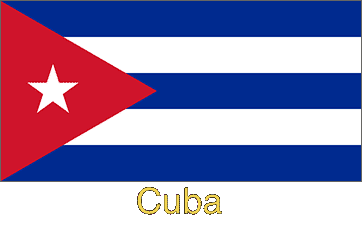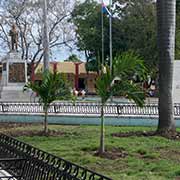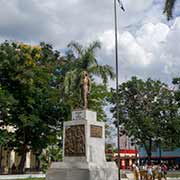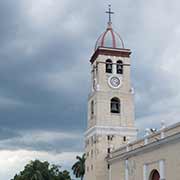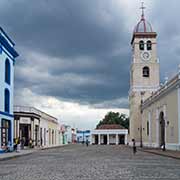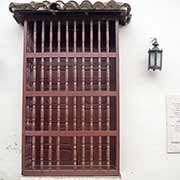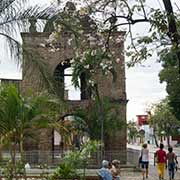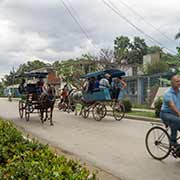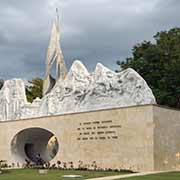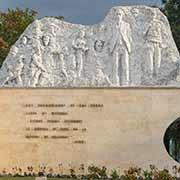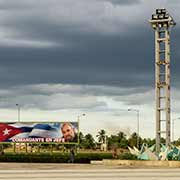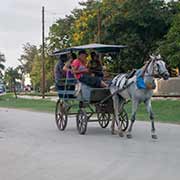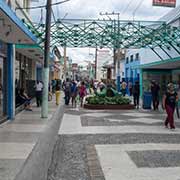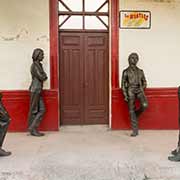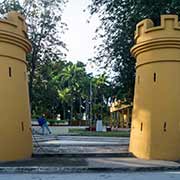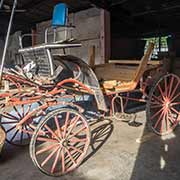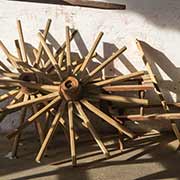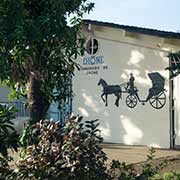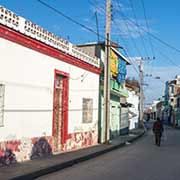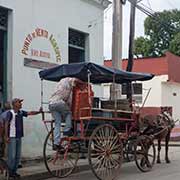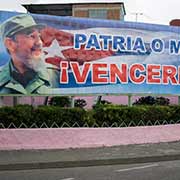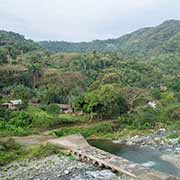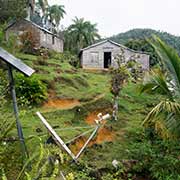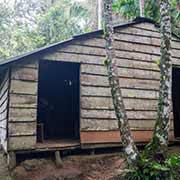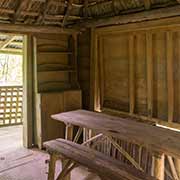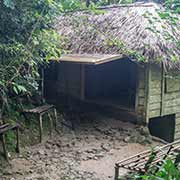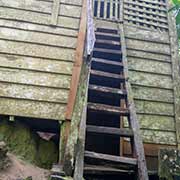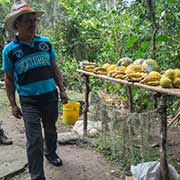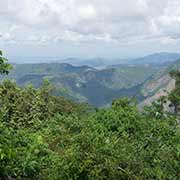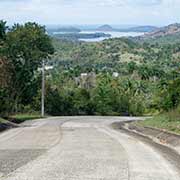Photos of Bayamo, where Cuba’s independence movement started, Cuba
Bayamo, where Cuba’s independence movement started
Bayamo is the capital city of the Granma Province (taking its name from the yacht Granma, used by Che Guevara and Fidel Castro to land in Cuba with 82 guerrillas on 2 December 1956 on its coast) and one of the largest cities in the Oriente region. Bayamo was the second of the seven cities founded by Diego Velázquez de Cuéllar and established on 5 November 1513. During much of the 16th Century, it was one of the island’s most important agricultural and commercial settlements.
you may then send it as a postcard if you wish.
The independence movement started here by Carlos Manuel de Céspedes, a Cuban planter who freed his slaves and declared Cuban independence in 1868. The Cuban national anthem, “La Bayamesa”, was sung for the first time here in 1868. Now it is a quiet, easygoing and slow-paced town, in more ways than one: there are about 500 licensed horse-drawn carriages serving as public transport, generally following fixed routes. About 39% of the people here rely on it. There is a factory, Fabrica de Los Coches, where wooden horse-drawn carts are produced and serviced.
About 50 kilometres southwest of Bayamo is the Sierra Maestra, within the mountains about 10 kilometres further, the Comandancia de La Plata, the camp established by Fidel Castro in 1958 after a year on the run in the mountains. Well camouflaged and remote, Batista’s soldiers never found it. It is located within the Pico Turquino National Park and can be visited. It involves a run by a four-wheel-drive vehicle over an incredibly steep road to Alto de Naranjo and a hike a couple of kilometres to the hideout that has largely been left as it was.


